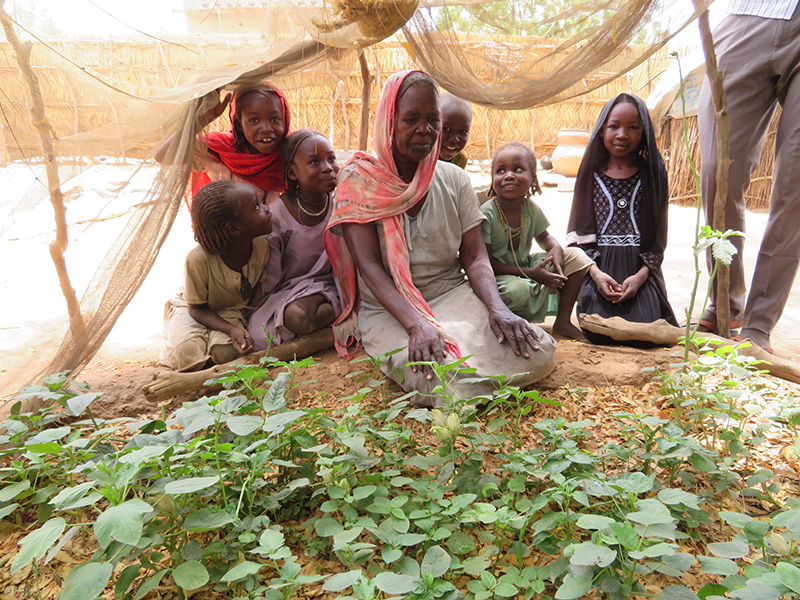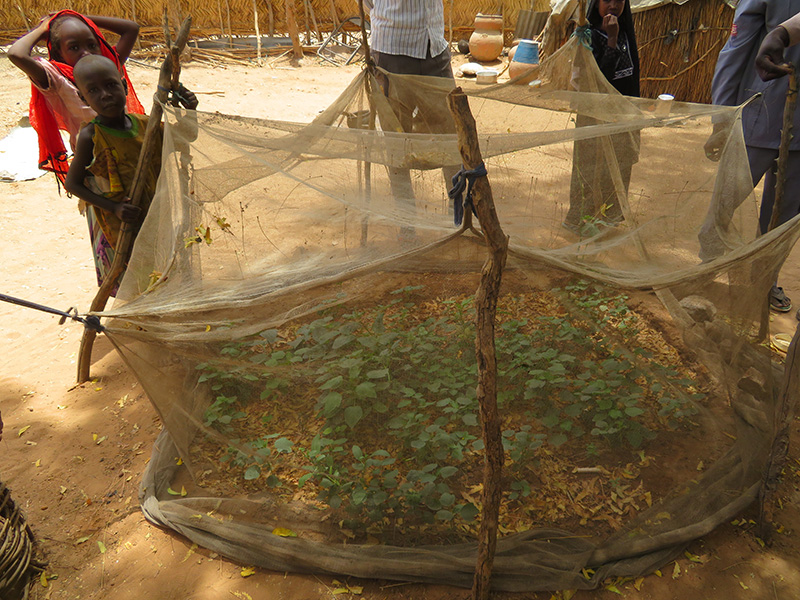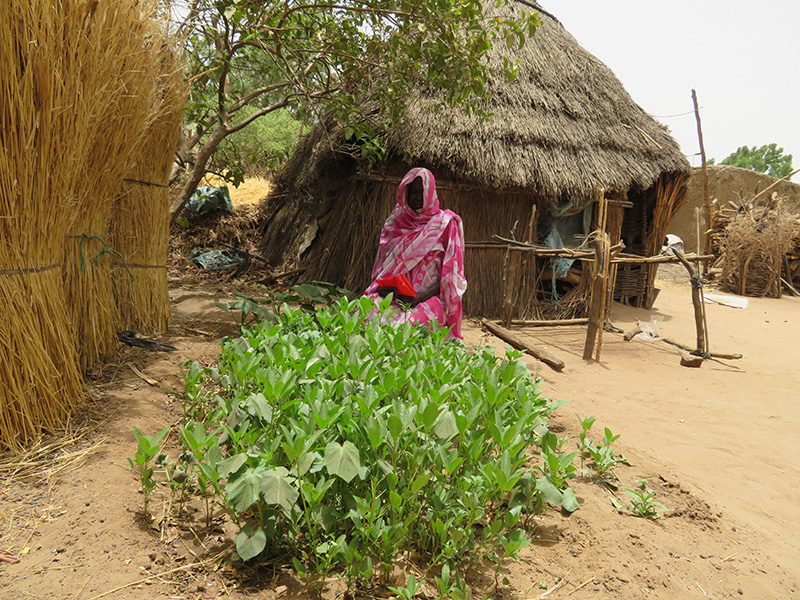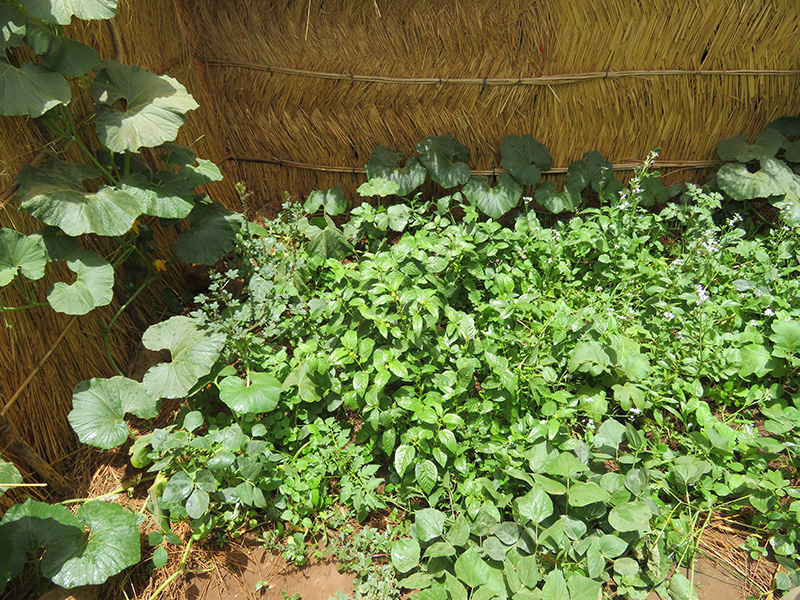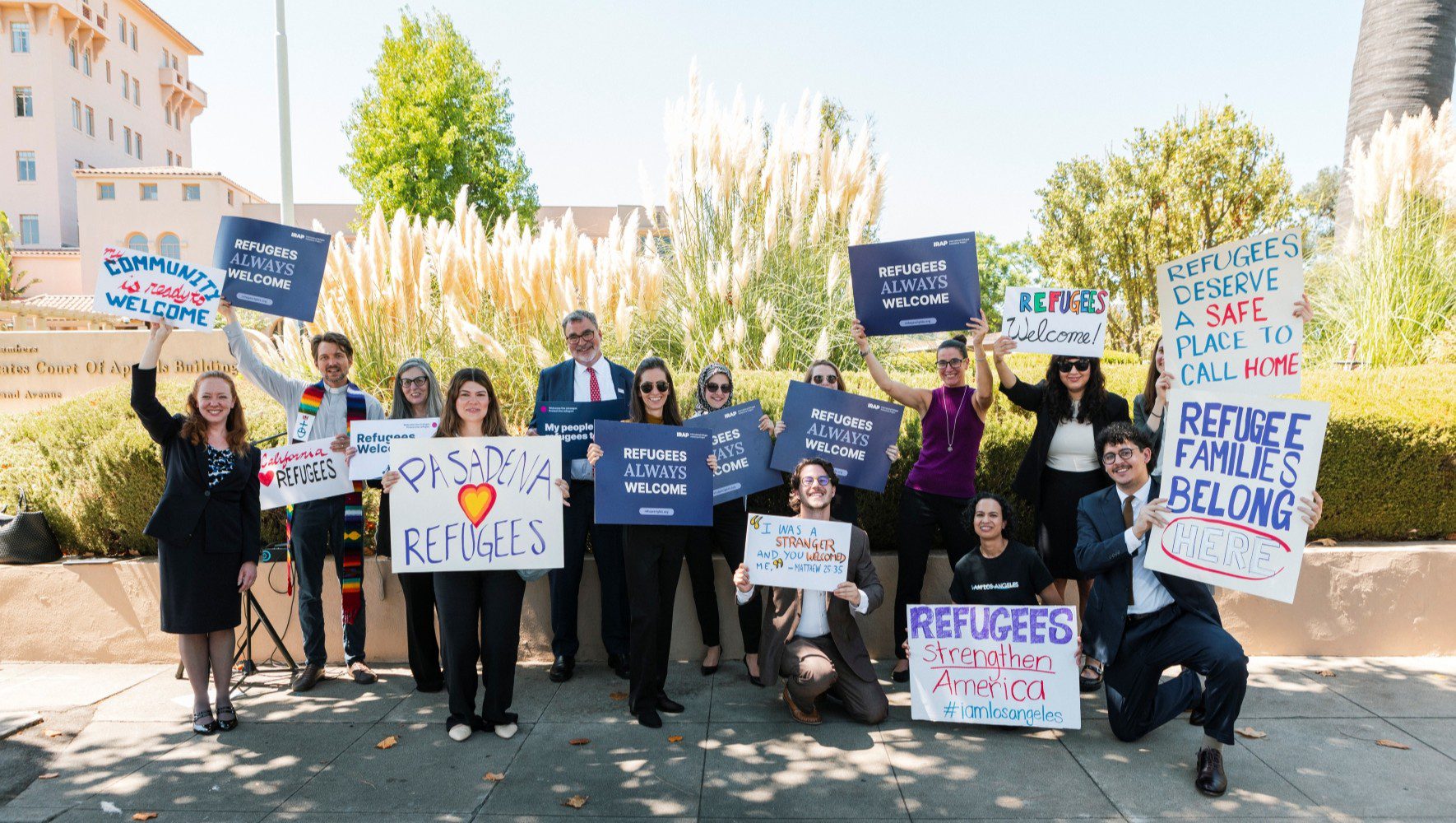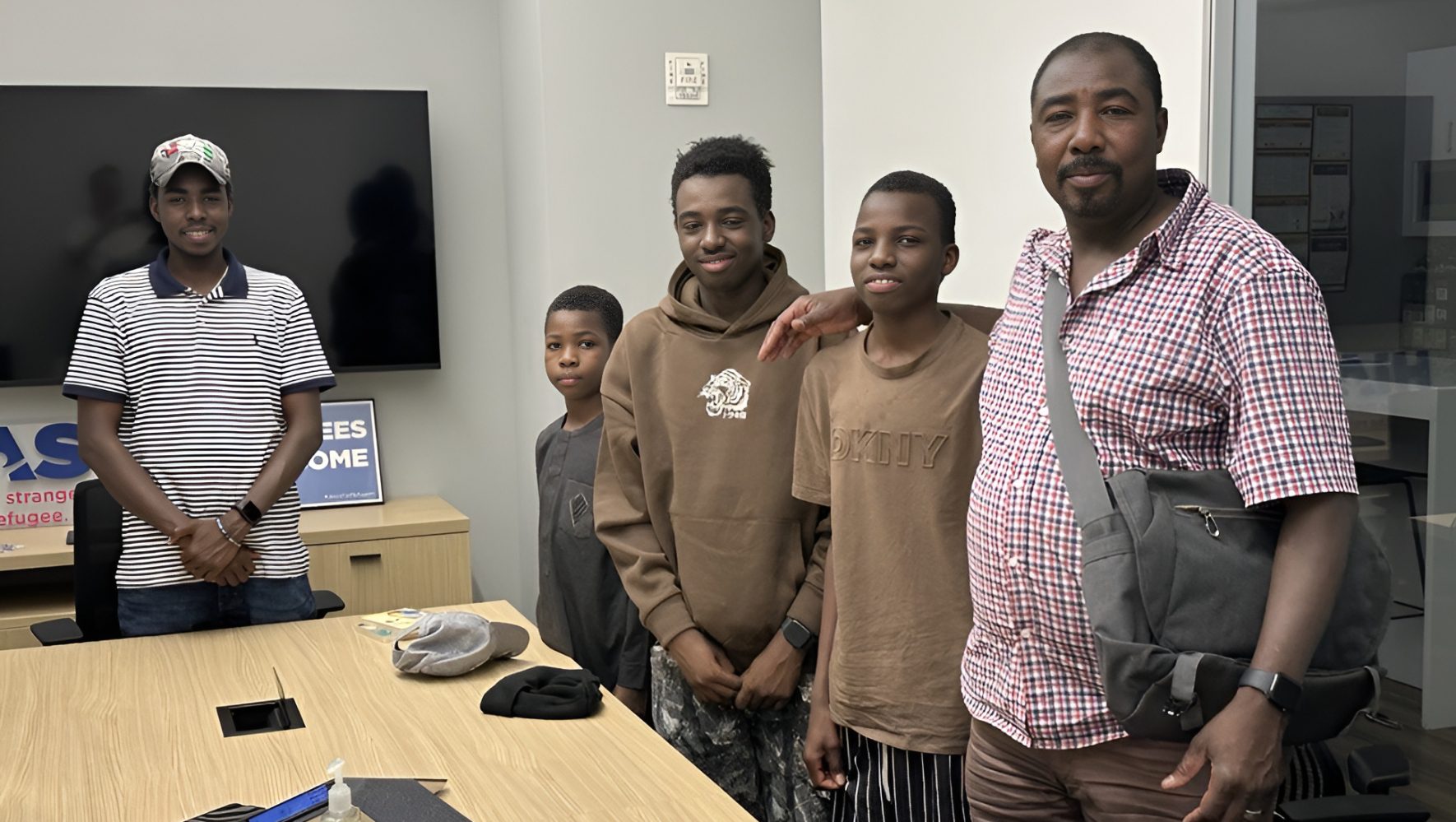Refugees in Chad are Making the Desert Bloom
By Gabe Cahn, HIAS.org
Jun 04, 2018
When the World Food Programme made significant cuts in food aid for Darfuri refugees living in Eastern Chad, many refugees were left with a choice: forage for food, eat one meal a day, or work in fields outside of the camps.
But for the older refugee population, as well as those living with disabilities, at risk of rape outside of the camp, or otherwise vulnerable, finding ways to supplement their food rations—particularly during dry season—became increasingly challenging.
So, in February 2017, when HIAS staff in Chad began implementing a highly innovative and cost-effective permagardening project to help refugees grow food year-round, the enthusiasm among residents was almost instantaneous.
Permagardening is a bio-intensive agriculture model for desert-like conditions which maximizes soil fertility and water management using local resources.
The ambitious agricultural project, which was made possible by a generous grant from Jewish World Watch and then the U.S. Department of State, has reached hundreds of refugees living in the Goz Amir and Djabal refugee camps and produced thousands of nutritious crops.
More than a year later, the project has turned small plots of desert sand into lush green patches, and given families the opportunity to supplement their daily meals, trade or sell their crops, or give surplus away to friends and relatives.
Amkala Safi Djouma, an 83-year-old woman from Béhidé, Sudan, who has been residing in Djabal refugee camp since December 2003, has already had three planting cycles.
“With the vegetables I harvested from my garden, I no longer needed to sell a part of my food ration in the market in exchange of vegetables,” she told HIAS staff.
“I am able to cover my family’s basic needs and share my produce with my close ones, just like the old times in Sudan.”
In total, the program exceeded its original target of 220 households, and empowered 460 individuals across the two camps with the ability to diversify their nutritional intake, build assets and restore their dignity.
To start, HIAS provided garden start-up kits comprised of a seven-seed package of okra, melon, pumpkins, pigeon pea, tomatoes, greens, watercress, chili, cucumber, lettuce and radish. In addition, the gardeners have planted fruit trees that can create shade and help capture water.
During the rainy season, which spans from July until September, each garden produced between seven and nine kilos of vegetables per month, and in the dry season they produced three to five kilos.
“In many ways, this project is rooted in dignity,” says Jina Krause-Vilmar, HIAS’ Director of Economic Inclusion and Gender.
“For some of these refugees who have been dependent on food aid for decades, this is the first time in their lives when they have been in a position to not only provide for themselves, but for others as well.”
“Instead of always being the ones to ask for help, they’re giving back to their community and no longer perceived as vulnerable people,” she added. “You can’t measure the impact of that on one’s own dignity.”
To learn more about HIAS' work protecting refugees, follow us on Facebook, Twitter and Instagram.
